Rapid and Reliable: Moments When the Russian Airborne Forces Saved The Day
16:43 GMT 02.08.2022 (Updated: 16:47 GMT 08.01.2023)
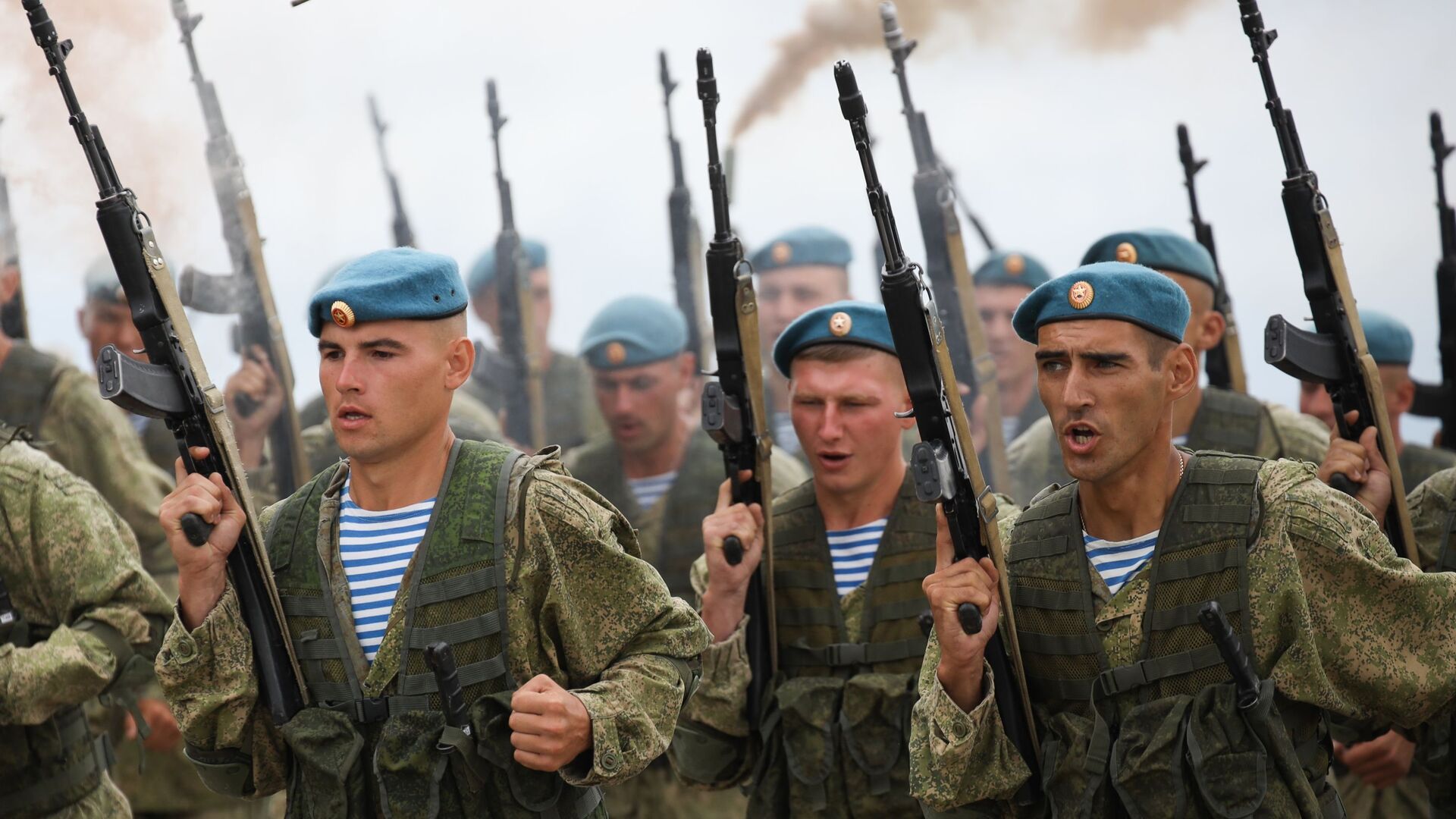
© Sputnik / Vitaliy Timkiv
/ Subscribe
Airborne Forces are not just another separate branch of the Russian Armed Forces – they hold a special place in some of the Russian military operations, which is reflected in their motto: "Nobody But Us!" They are often used as the vanguard force for either rapid attacks or for securing defensive positions, disregarding the risks involved.
The blue-striped telnyashka-wearing troops of the Russian Airborne Forces celebrate 92 years of serving as a separate branch of the country's armed forces on August 2, 2022. Throughout its lengthy history, the forces have proved to be a valuable asset when rapid deployment and offense were of the essence.
Here are some key historic moments in which the Russian Airborne Forces shined and proved their motto – Nobody But Us! – to be true:
Operations in Afghanistan
During the Soviet–Afghan War, the region's landscape and the nature of the Red Army's operations prevented a textbook use of the Airborne Forces – they were neither deployed behind enemy frontlines (because they technically had no frontlines), nor did they parachute in for a surprise assault.
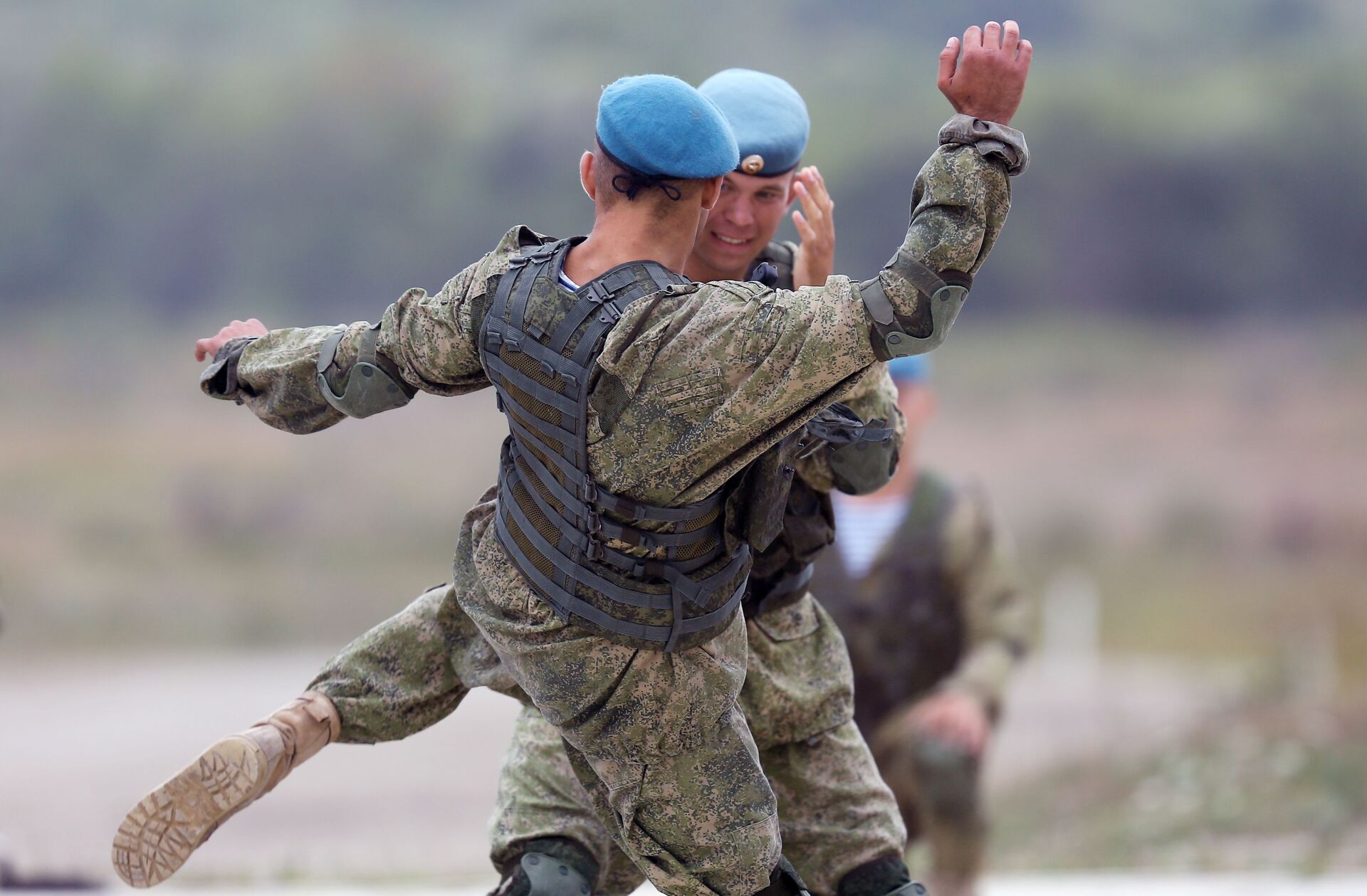
Demonstration performances of paratroopers at the celebrations in honor of the Day of the Airborne Forces at the Raevsky training ground in the Krasnodar Territory
© Sputnik / Vitaliy Timkiv
/ Instead, they acted in the capacity of regular ground forces, conducting rare hot drops from helicopters alongside regular troops, as was the case in February 1980. Back then, several units of the Red Army's Airborne Forces took part in suppressing the mutiny staged by mujahedeen in the village of Shigal.
Soviet paratroopers also conducted forward reconnaissance when the Red Army was arriving in Afghanistan, as well as covering its withdrawal in the last day. As such, Airborne Forces serviceman Igor Lyakhovich became the last official Soviet soldier to die in the Afghan war as his unit covered withdrawal routes.
Bosnian Peacekeepers and the 'March to Pristina'
The Airborne Forces did not cease to exist with the dissolution of the USSR, and soon after became part of the Russian Armed Forces they were deployed in 1995 to serve as a part of the peacekeeping corps in the Republic of Bosnia and Herzegovina, which had just survived a bloody civil war.
Their service would have been mostly eventless if not for the NATO invasion in neighboring Yugoslavia. Despite Russia's objections against western plans to deploy the military under the pretext of stopping an alleged genocide committed by the authorities, the alliance still deployed ground forces, initially seizing the Pristina International Airport for that purpose.
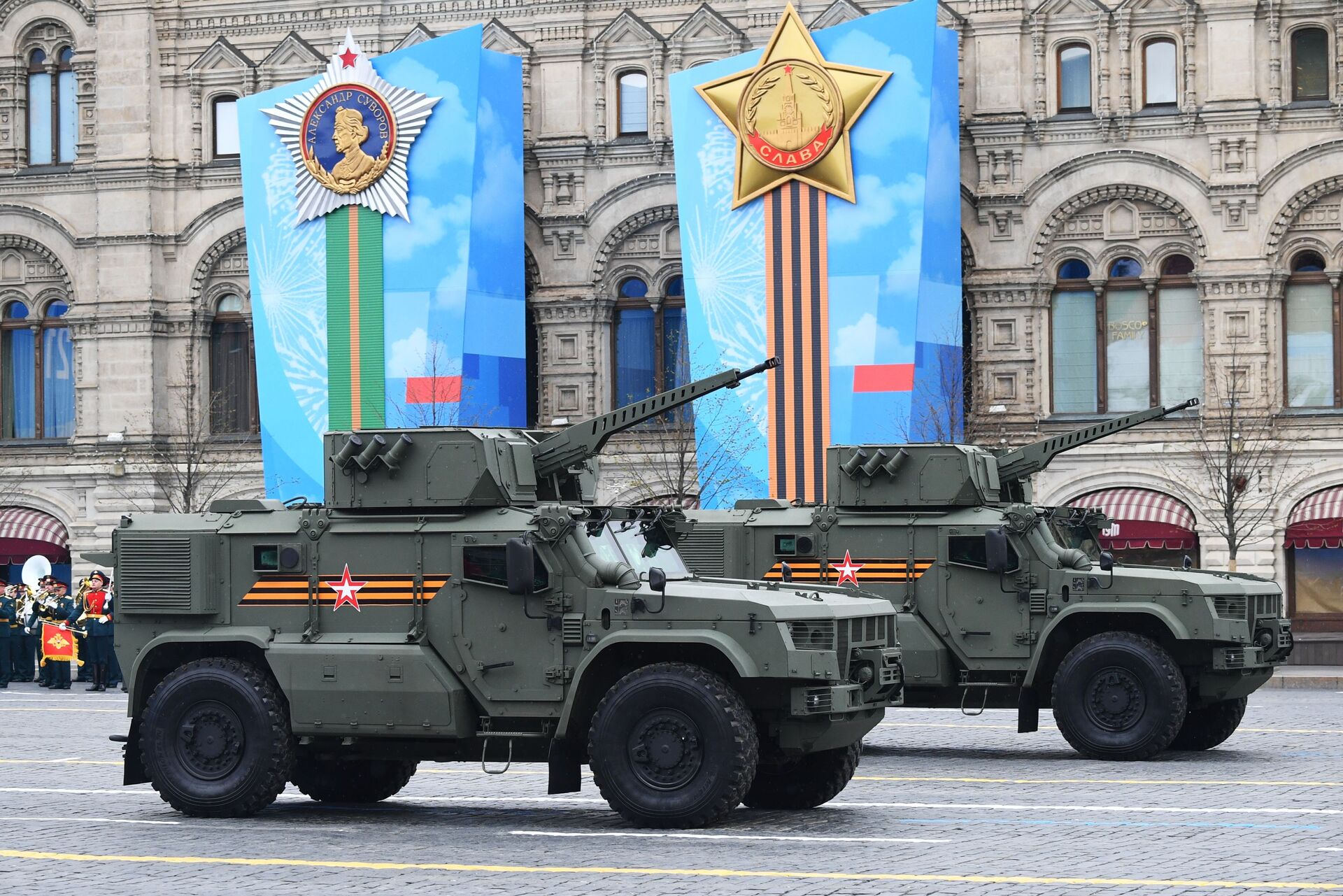
Typhoon PVO and Typhoon VDV armoured vehicles entering Red Square
© Sputnik / Ramil Sytdykov
/ Keen on making the West hear Russia's position on the matter, its leadership ordered a unit of paratroopers stationed in Bosnia and Herzegovina to rapidly redeploy to seize the airport in the shortest time possible on June 10, 1999. Moving at around 80 kilometers per hour, the Russian paratroopers covered over 400 kilometers, changing their markings from SFOR (peacekeeper force in Bosnia and Herzegovina) to KFOR (the peacekeepers designated for Kosovo) on the go.
The unit managed to arrive at the Pristina International Airport before the first two columns of British troops, which were located closer to it, did, and prevented both them and British paratroopers from entering the airfield's premises. Not only did they stand firm in the face of several NATO provocations intended to force them to cede the airport, but they did so without shedding blood. The Airborne Forces blitzmarch towards Pristina forced the NATO command to heed to Russia's demands in terms of Kosovo peacekeeping operations.
Frontline Deployment During Peace Enforcement Operations in Georgia
Following Georgia's assault on the capital of South Ossetia, Tskhinval, on August 8, 2008, the Russian paratroopers once again proved their reputation as a reliable and rapidly deployable force. Several battalion tactical groups located in Russian Pskov, 2,000 kilometers away from Tskhinval, redeployed to the frontline of the new conflict in less than 24 hours.
They rushed to help the Russian peacekeepers deployed in the South Ossetian capital, forcing the Georgian military, which was shelling the city, to retreat. The paratroopers arrived even earlier than the 42nd motorized division deployed in Chechnya, only 200 kilometers away, and the 19th motorized division deployed in Northern Ossetia.
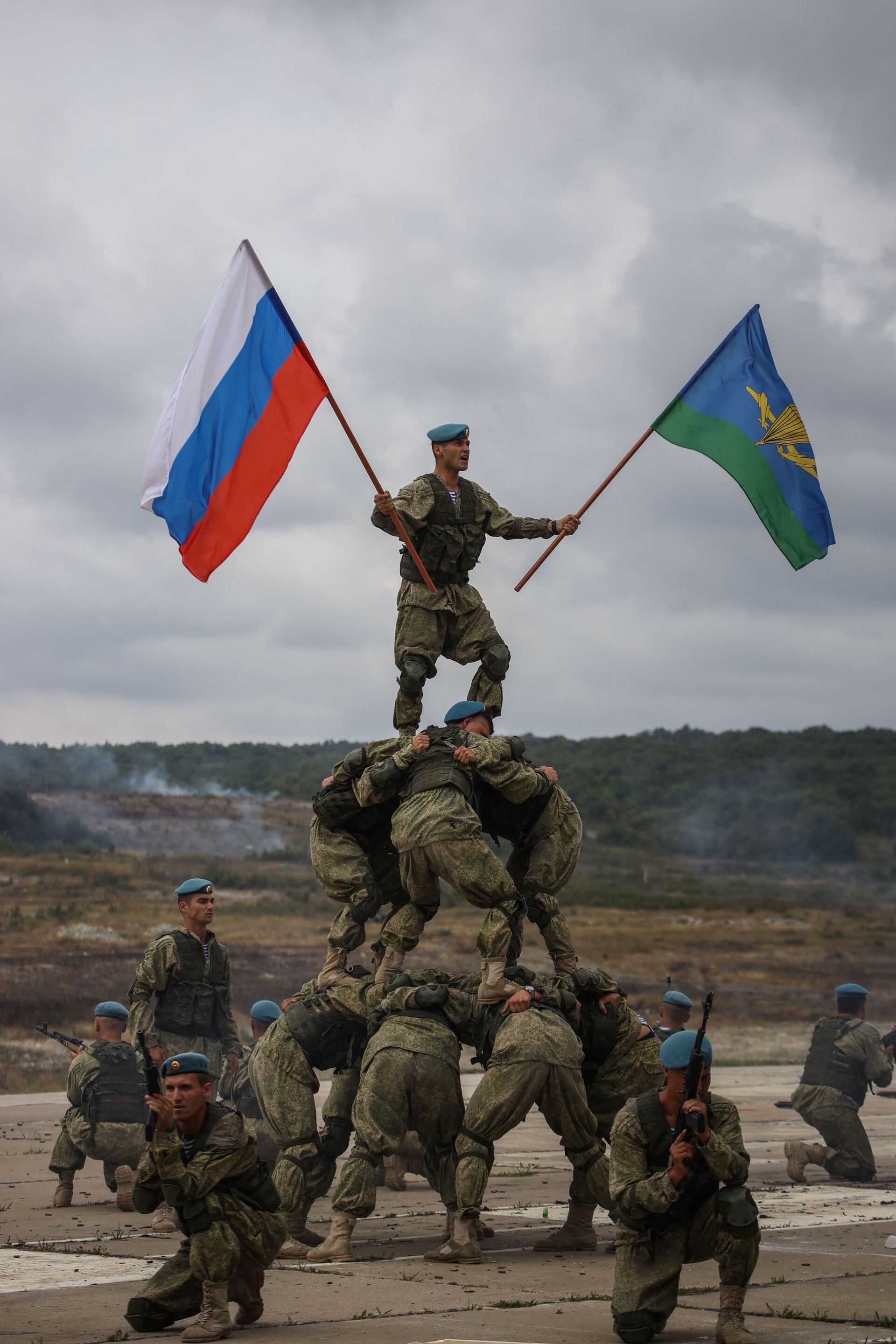
Demonstration performances of paratroopers at the celebrations in honor of the Day of the Airborne Forces at the Raevsky training ground in the Krasnodar Territory
© Sputnik / Vitaliy Timkiv
/ A separate force of the Russian Airborne troops was also sent to Abkhazia, another province that broke away from Georgia like South Ossetia. It allowed Moscow to cover the flank in the province and push back against Georgian forces.
The paratrooper units then took part in several raids behind the Georgian frontlines, seizing Gori and Senaki military bases, as well as naval base in the city of Poti, thus contributing to the speedy end of the conflict that lasted a mere five days.
Special Military Ops to Seize Airport Near Kiev
The Russian Airborne Forces were also actively used in the first weeks of the Russian special military operation in Ukraine. On the very first day of the operation, a unit of the Russian paratroopers dropped at the Gostomel Airport near Kiev. Although they were forced to withdraw by the end of the day, they seized control over it once again a day later with the help of reinforcements, thus establishing a foothold for Russian troops encircling Kiev.
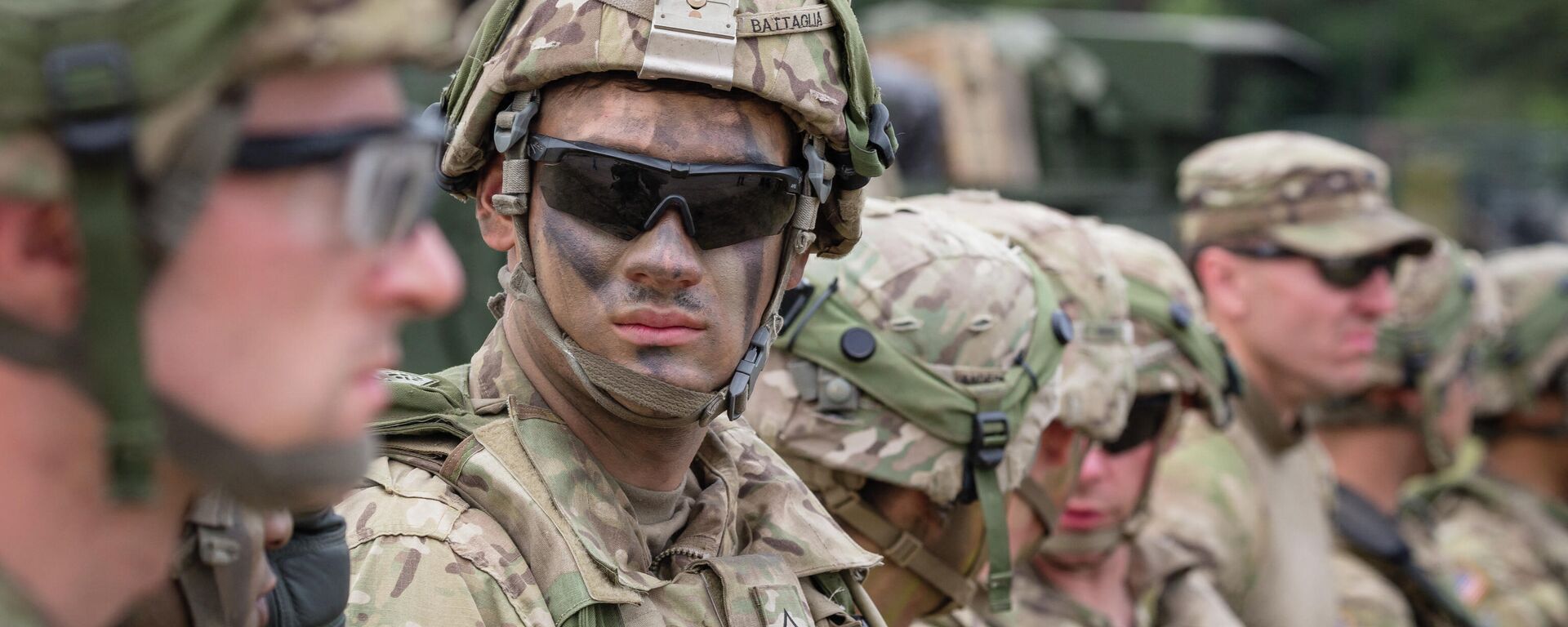
12 February 2022, 22:14 GMT
Paratroopers have not seen much action in the conflict following the first two weeks. The data on their use in Ukraine remains limited so far, but apparently a significant part of the paratroopers were withdrawn when Moscow voluntarily decided to leave Kiev and Chernigov region as a "gesture of good will" to facilitate talks to end the conflict soon.
However, with talks stalled by Ukrainian leaders' unwillingness to engage, the Russian Airborne Forces might be called upon once again in the future to fulfill their duty as a part of the special military operation.

